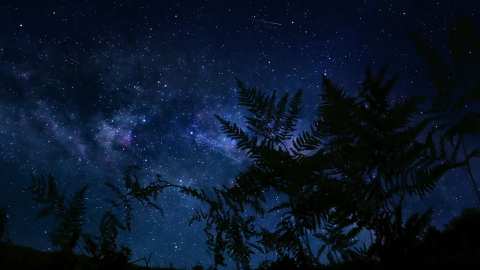Astronomers recently speculated that the Beta Taurids meteor shower that’s expected to happen this month could lead to catastrophic and fatal events on Earth. They theorized that the same event that caused the Tunguska disaster in 1908 might happen again soon.
Source: International Business Times
On the morning of June 30, 1908, a huge explosion occurred in the Podkamennaya Tunguska River in Russia. The huge explosion decimated about 2,000 square kilometers of forest. Despite the devastation, no human casualties were reported since the affected region was uninhabited.
Initial investigations revealed that a meteor that exploded in mid-air caused the event. It was regarded as Earth’s largest impact event in recorded history.
For the astronomers of the John J. McCarthy Observatory in New Milford, Connecticut, the meteor that caused the Tunguska event may have come from the Beta Taurids, a meteor shower that happens annually starting in June. According to astronomer Monty Robson, a meteor may have broken loose from the Beta Taurids swarm and crashed on Earth, the Middletown Press reported.
Robson and his colleagues are now closely monitoring the upcoming Beta Taurids shower after data analysis showed that this year’s event will bring the swarm of meteors closest to Earth. According to a press release by Canada’s Western University, the upcoming meteor shower will approach Earth within 30 million kilometers, which marks its closest encounter since 1975.
“There is strong meteoric and [near-Earth object] evidence supporting the Taurid swarm and its potential existential risks but this summer brings a unique opportunity to observe and quantify these objects,” David Clark of Western University said in a statement.
In addition, data collected by the equipment left by NASA’s Apollo mission on the Moon showed multiple impact readings caused by Beta Taurid meteors hitting the lunar surface. Astronomers noted that they can use this data to study the sizes of the meteors in order to determine if there are large ones that can potentially cause another Tunguska event.
According to Bill Cooke, the manager of NASA’s Meteoroid Environment Program at the space agency’s Marshall Space Flight Center, many of the meteors that crashed on the Moon were as big as a grapefruit.


































Leave a Comment
You must be logged in to post a comment.